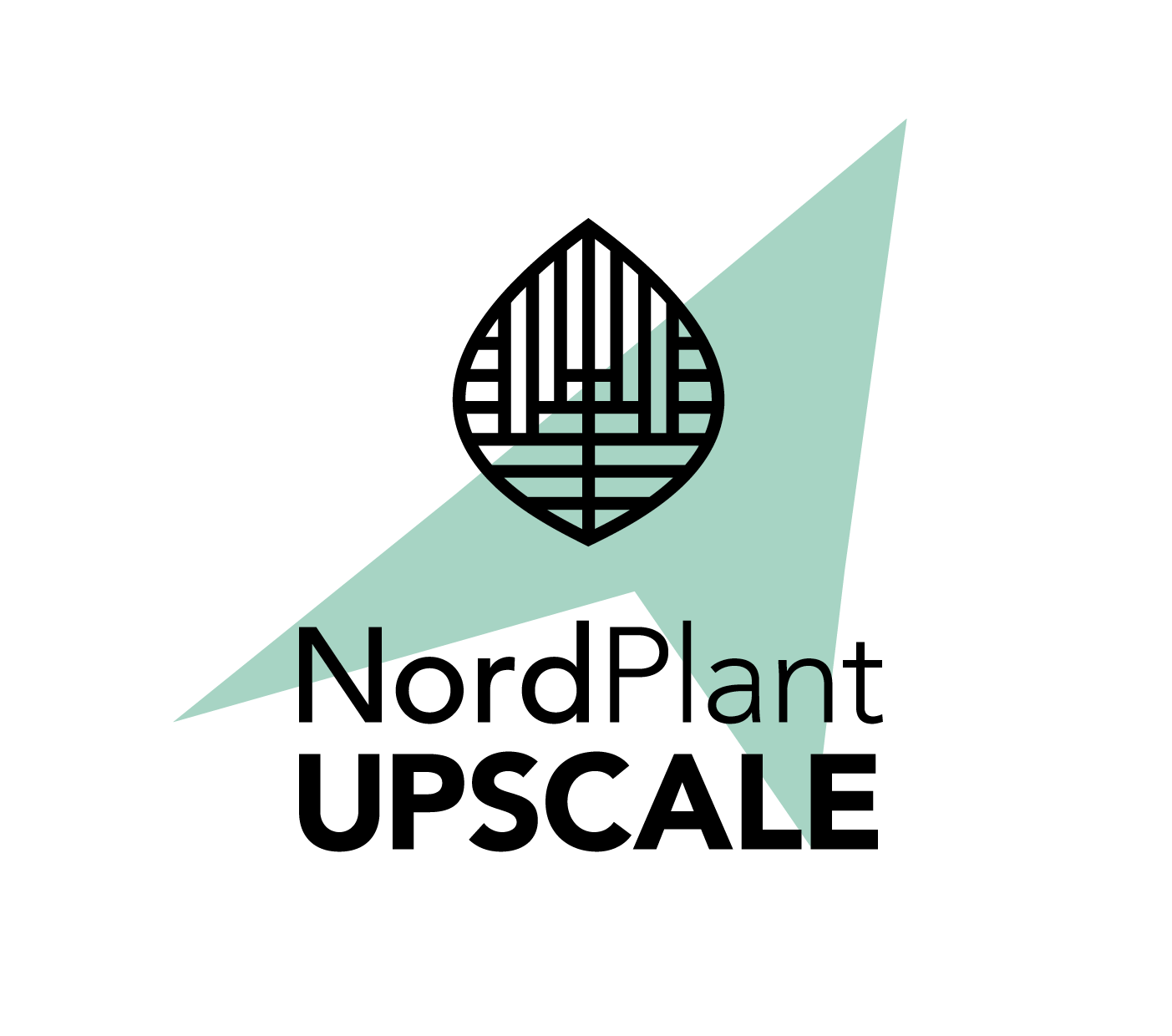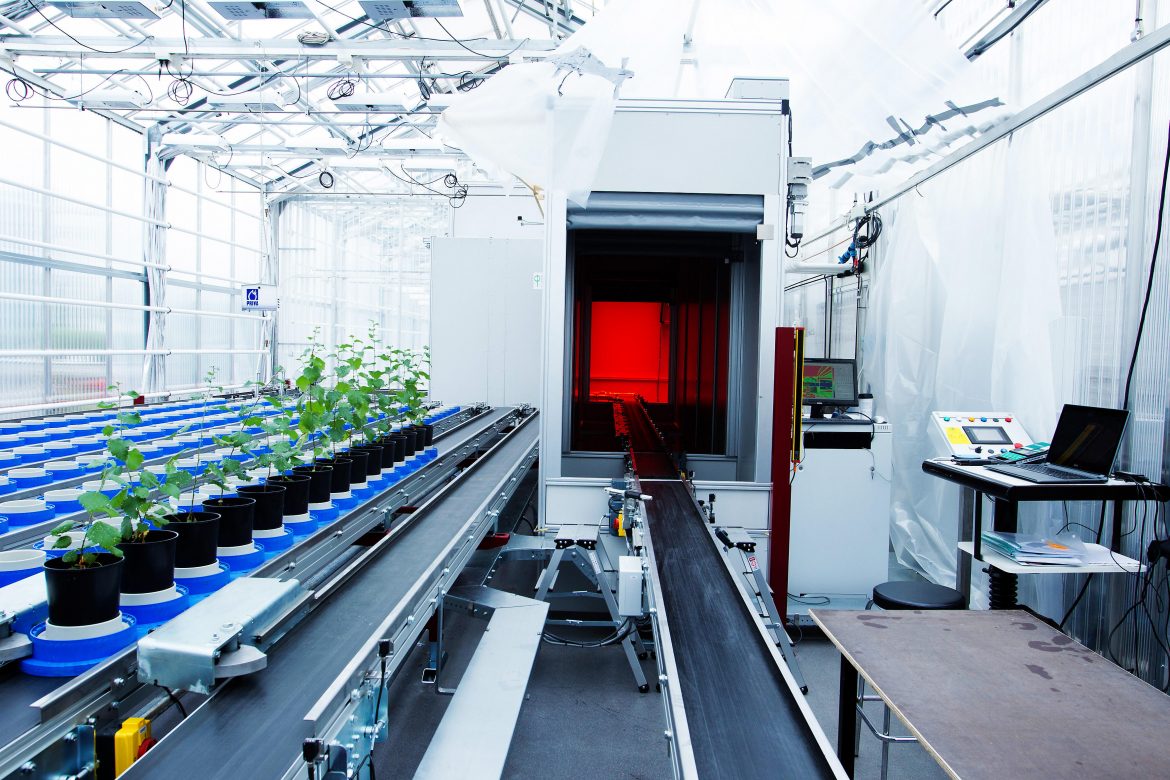The National Plant Phenotyping Infrastructure (NaPPI) was established during 2016 to overcome the challenges of linking genotypes to their phenotypes in basic and applied plant research. NaPPI is a distributed research infrastructure that provides phenotyping services to the entire Finnish plant research community, but also to the Nordic and European research networks. At the University of Helsinki (UHEL) node there are fully automated high-throughput phenotyping facilities, and at the University of Eastern Finland (UEF) there are a wide range of specialized imaging instruments available at the Spectromics laboratory.
UHEL NaPPI is located indoors and is in active use throughout the year. It provides high throughput plant phenotyping services that are based on five RGB cameras, a thermal camera and two chlorophyll fluorescence imaging units (imaging PAMs) in two setups. The multimodal phenotyping is available for shoots of both small model plants (such as Arabidopsis) and large crops (up to young trees) with a shoot height of 50-120 cm. Dynamics in growth and architectural shoot traits can be quantified for 1080 small plants or 270 large plants per experimental round. The services provided by NaPPI facilities involve different types of treatments and analyses; such as in vitro germination assay where hormones, nutrients, or chemical compounds can be added on the sterile media in concentration gradient; time course analysis of growth and morphology and physiological responses to (a)biotic stresses. Automated image based phenotyping allows non-invasive time-course experiments and can be integrated with end-point metabolomics analyses available at both sites.
At the University of Helsinki, NaPPI operates within the Viikki Plant Science Centre (ViPS) a local research community with 290 plant researchers in 40 research groups sharing knowledge and research tools across faculty borders.


